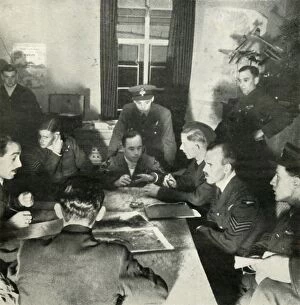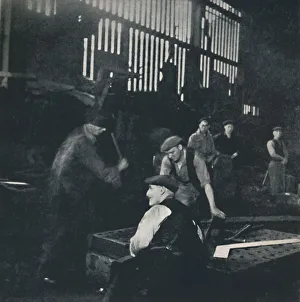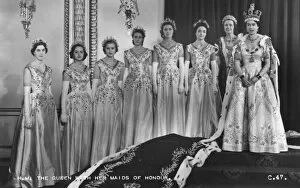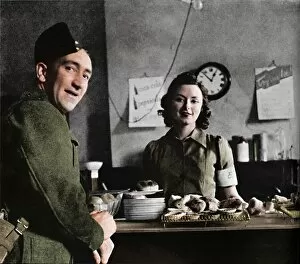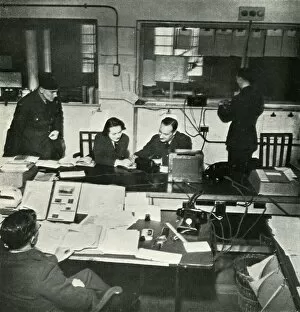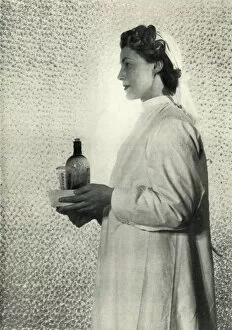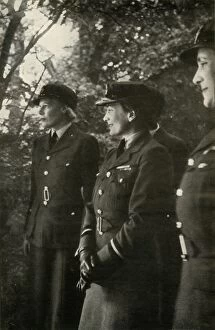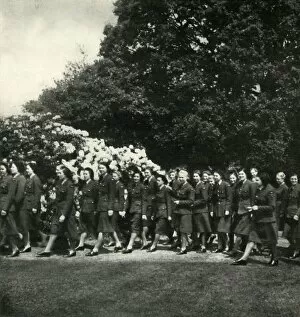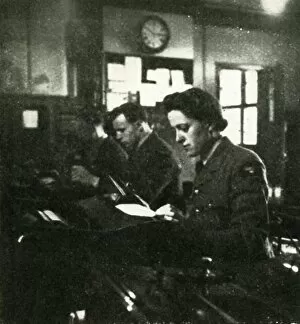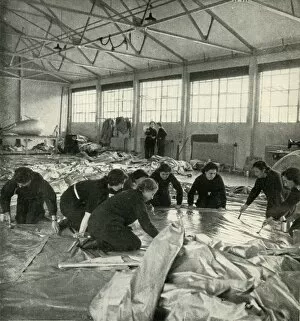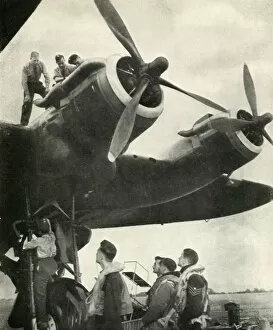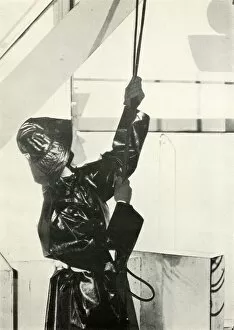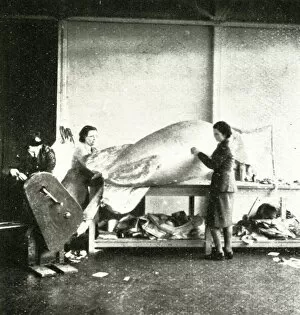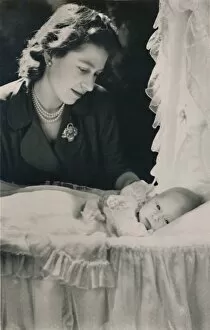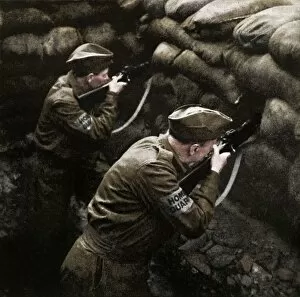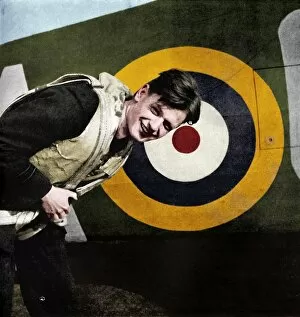Cecil Beaton Collection
Cecil Beaton: Capturing the Essence of History Renowned photographer Cecil Beaton has left an indelible mark on the world of art and history with his captivating images
All Professionally Made to Order for Quick Shipping
Cecil Beaton: Capturing the Essence of History Renowned photographer Cecil Beaton has left an indelible mark on the world of art and history with his captivating images. From capturing iconic moments like HM Queen Elizabeth II's coronation to documenting the bravery and resilience of individuals during World War II, Beaton's work is a testament to his talent and dedication. In 1953, Beaton immortalized HM Queen Elizabeth II alongside her Maids of Honour during her momentous coronation. The photograph exudes regality and elegance, showcasing both the grandeur of the occasion and the beauty of its participants. During World War II, Beaton turned his lens towards those who played vital roles in supporting the war effort. In one image titled "Interrogation of Aircrews; W. A. A. F. Help In This Work, " he captured a powerful scene that highlights the importance of teamwork and cooperation in times of crisis. Beaton also documented scenes from everyday life during wartime, such as a shipbuilding scene in 1941. Through this photograph, he not only showcases the hard work put into building vessels but also pays tribute to those who contributed their skills for their country's defense. His photographs from this era also shed light on various aspects of military life. Whether it was physical training at a recruits depot or soldiers enjoying a momentary respite in a canteen piece, Beaton's ability to capture candid moments humanizes these brave individuals serving their nation. In addition to documenting war-related subjects, Beaton explored other facets of society during this time period. His photograph titled "Carry On" captures ordinary people going about their daily lives amidst wartime challenges – reminding us that even in difficult times, life continues with determination and resilience. Beaton's versatility as an artist is evident through his diverse range of subjects.


